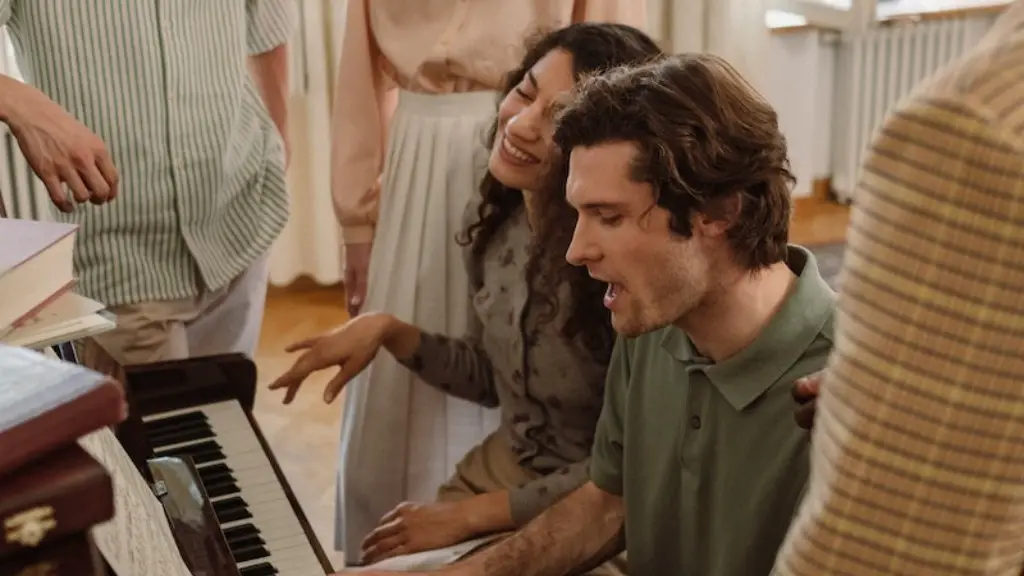How To Draw Hair Digitally
Drawing digitally can be an exciting process, but when it comes to your art’s hair game, this process can seem overwhelming. From setting the base hair color to getting the light and shadows just right, there’s a lot to consider when digitally drawing hair. Never fear – here’s a simple guide to help you get it right the first time around.
Choose A Color Scheme
As with anything else, hair starts with color! Before you begin sketching the actual strands, you’ll need to decide on a base color. Once you choose a color, track the light and shadow, and decide on highlights and lowlights. This will ensure that your final piece looks as realistic as possible, and it’ll save you time in the long run. If you feel stuck while picking a color palette, browse art and hairstyle websites for inspiration. You may also want to check out your favorite digital art platforms and follow the profile of some of the best artists. And, if all else fails, try experimenting with different colors until you find something that resonates with you.
Plan Your Strands
Once you’ve chosen your hair color, it’s time for the next step – deciding how the strands of hair look on the canvas. You can either draw individual strands, or create a large block of hair before drawing individual sections. Whichever route you take, start by sketching the basic framework of the hair before moving on to the details – this will make the process easier to visualize. If you’re having difficulty getting your strands to look realistic, grab a paper and pencil and try giving yourself a hairstyle and turning that into a drawing. That way, you can have concrete visual reference to help guide you.
Play With Shadow and Highlights
Once the original drawing is finished, now comes the fun stuff – highlights and shadows. These two elements will define the hair’s look, giving it depth and movement. To do this, you’ll need to pick two to three shades that are slightly brighter and darker than the hair’s base color. Don’t be afraid to improvise – if your chosen palette isn’t giving you the desired results, switch it up to something that will.
Remember The Little Things
The devil is in the details, and this is especially true when it comes to digital art. When your artwork is almost finished, take some time to check for any small irregularities that could ruin the piece. For example, you may want to add some baby hairs for extra realism, or outline the tips of the hair for a softer result.
By following this guide, you can learn how to draw hair that looks both realistic and complex. This means you can showcase your creative vision and make your artwork stand out. So, don’t be afraid to take risks, trust your instincts, and draw beautiful digital hair!
